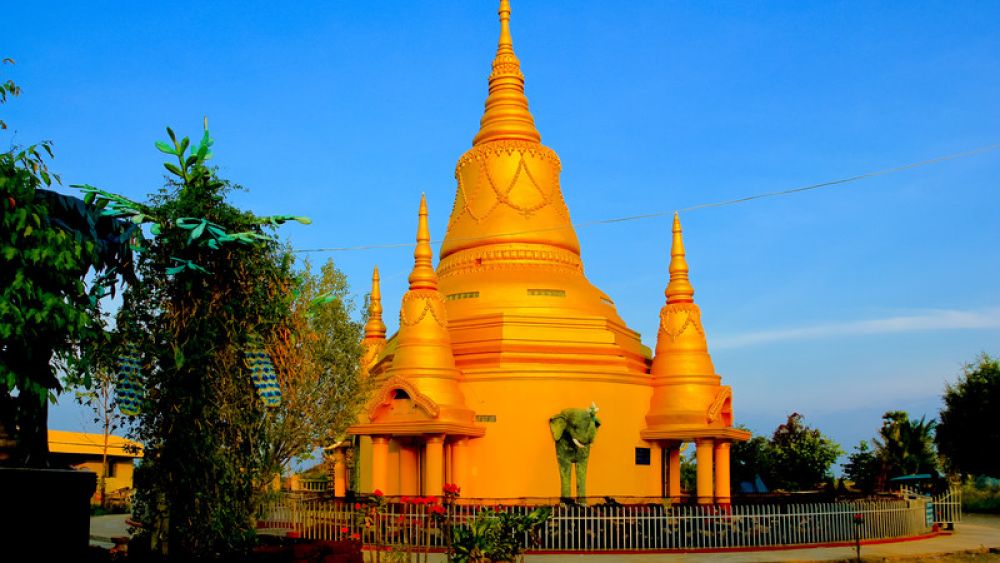

Nestled in the northwestern part of Cambodia, Battambang is a province that is steeped in history and culture. Despite not being as internationally famous as Siem Reap, home to Angkor Wat, Battambang has slowly yet steadily carved out a niche for itself in the tourism landscape of Cambodia.
The history of tourism in Battambang can be somewhat obscure due to the lack of comprehensive records. However, it is widely understood that tourism began to develop during the early 20th century when Cambodia was under French colonial rule. The colonial architecture that still dots the city is a reminder of those early days when European travelers began to explore the region.
For many years, the political turmoil and conflict in Cambodia, including the brutal reign of the Khmer Rouge, stunted the potential for tourism growth. It was not until the relative stability of the 1990s that Cambodia, and in turn Battambang, started to reemerge as a destination for adventurous travelers.
The turn of the millennium marked a new beginning for tourism in Battambang. With peace finally established across Cambodia, the government and private sector began to invest in the tourism industry. Initiatives were taken to protect and preserve the unique historical and cultural heritage of Battambang, particularly its colonial architecture and ancient temples, as well as to promote sustainable tourism practices.
Visitors were drawn to the province’s charm, its friendly locals, and the untouched nature surrounding it. The famous bamboo train, known locally as Norry, became one of the must-do experiences in Battambang, offering an authentic and picturesque journey through the Cambodian countryside.
Recently, Battambang has witnessed a trend towards responsible and experiential tourism. Travelers are not just looking for sightseeing opportunities but also immersive experiences that allow them to engage with the local communities and learn about their way of life. This has led to the establishment of community-based tourism projects and activities such as cooking classes, art workshops, and homestays.
Eco-tourism is another sector on the rise, with visitors showing increased interest in wildlife and environmental conservation efforts within the province. The scenic Sangker River and the surrounding countryside offer prime opportunities for eco-friendly adventures such as cycling tours, bird watching, and visits to organic farms.
Today, Battambang continues to hold an aura of an off-the-beaten-path destination, attracting those looking for an authentic Cambodian experience away from the crowds. With plans to improve infrastructure and expand tourism services, the city is preparing to welcome a broader array of travelers, ensuring the preservation of its historical charms while adapting to the evolving desires of modern tourists.
The allure of Battambang lies in its unique blend of history, culture, and untouched landscapes. As the city evolves and grows as a tourist destination, it holds firm to the essence that has defined its past. For those seeking a deeper connection to Cambodia's enriched history, a visit to Battambang remains an unforgettable experience on the road less traveled.